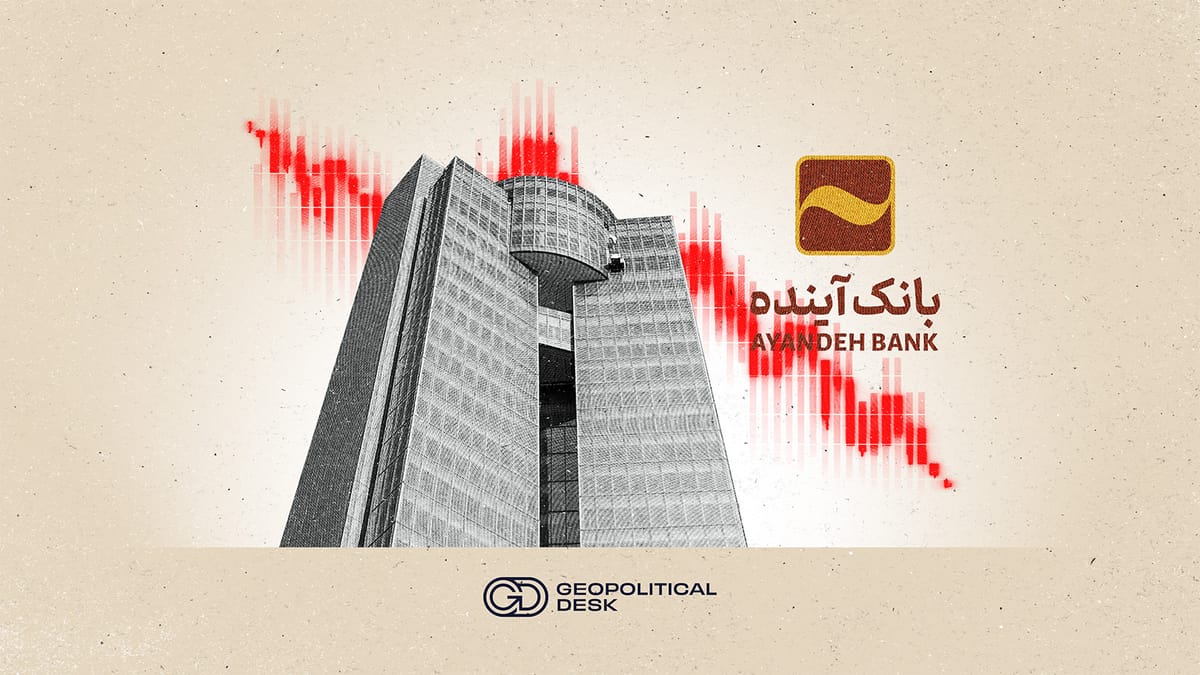
On October 23, Central Bank of Iran (CBI) Governor Mohammadreza Farzin announced the revocation of the operational licence of Bank Ayandeh, a major private lender which for years faced scrutiny over unsustainable debt and regulatory failures. The bank’s 7 million depositors will see their accounts transferred to the National Bank of Iran (Bank Melli), the largest public bank in the country.
How Bank Ayandeh accelerated Iran’s financial problems:
Formed in 2013 following the merger of several debt-ridden credit institutions, Bank Ayandeh rose to fame by pioneering digital services and backing the construction of Iran Mall, the world’s largest shopping mall in terms of surface. Far from being an achievement, this mega-project accelerated Bank Ayandeh’s fall and reflected the moral hazard plaguing Iran’s banking sector.
Both Bank Ayandeh and Iran Mall are tied to one of Iran’s wealthiest businessmen, Ali Ansari, who used the bank to loan himself the equivalent of $10bn to finance Iran Mall’s construction throughout the 2010s. Ansari defaulted on the loan, yet retained indirect control of the mall through Bank Ayandeh, in which he remained a major shareholder.
To keep Bank Ayandeh afloat, the CBI had to place it under direct supervision and injected so much liquidity into the bank that at times it represented almost a quarter of new money supply in Iran. This has directly fueled high inflation under which Iranians suffer.
Facing state scrutiny and cash-flow problems, the bank sold around 35% of the mall in an IPO in 2020 and Ansari promised to re-capitalise Bank Ayandeh to steer it away from financial collapse.
This article is free to read with a newsletter subscription.
Join diplomats, executives, and analysts who rely on our reporting to stay ahead in the world's most complex regions. Sign up now to access the full article and receive strategic updates direct to your inbox.
Already a member? Sign in
